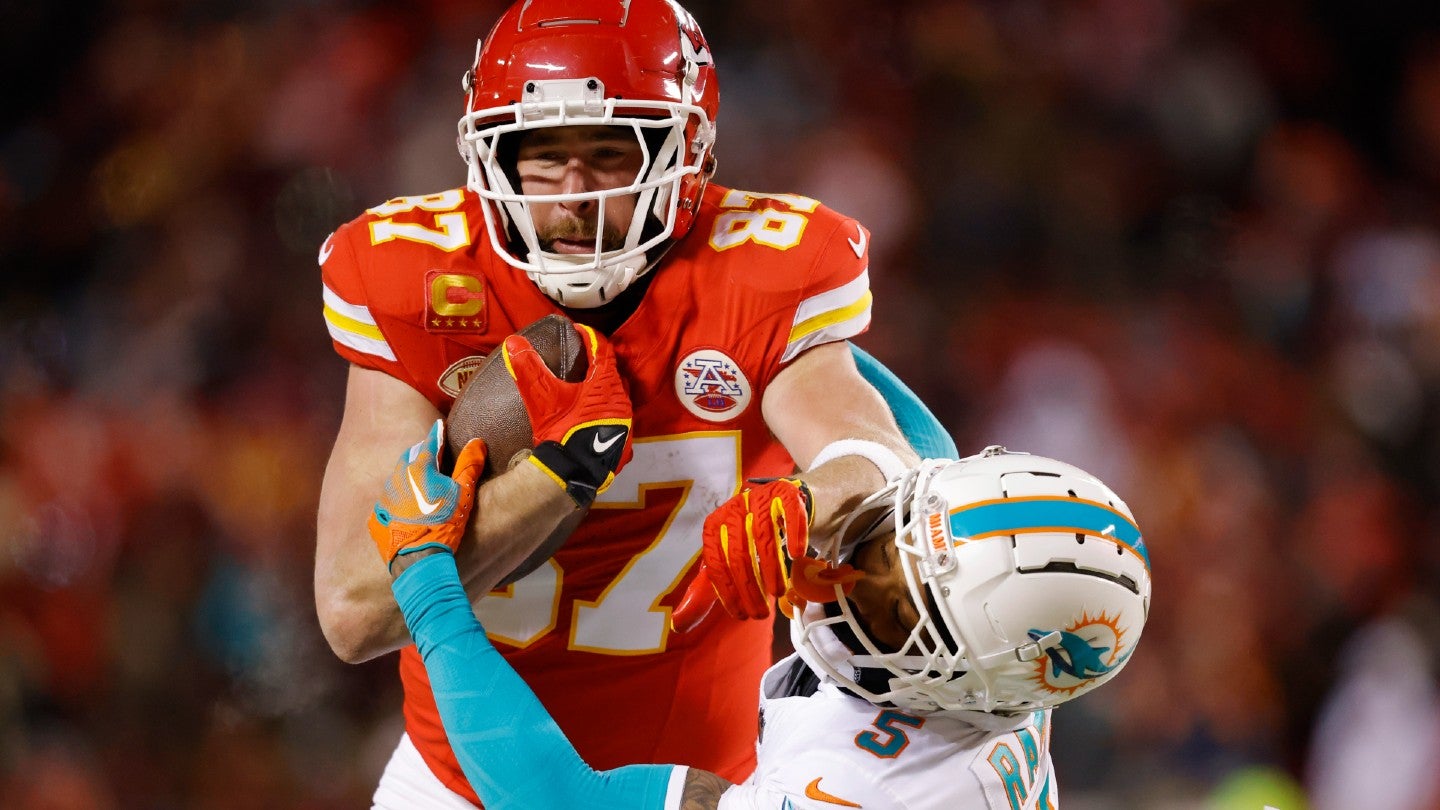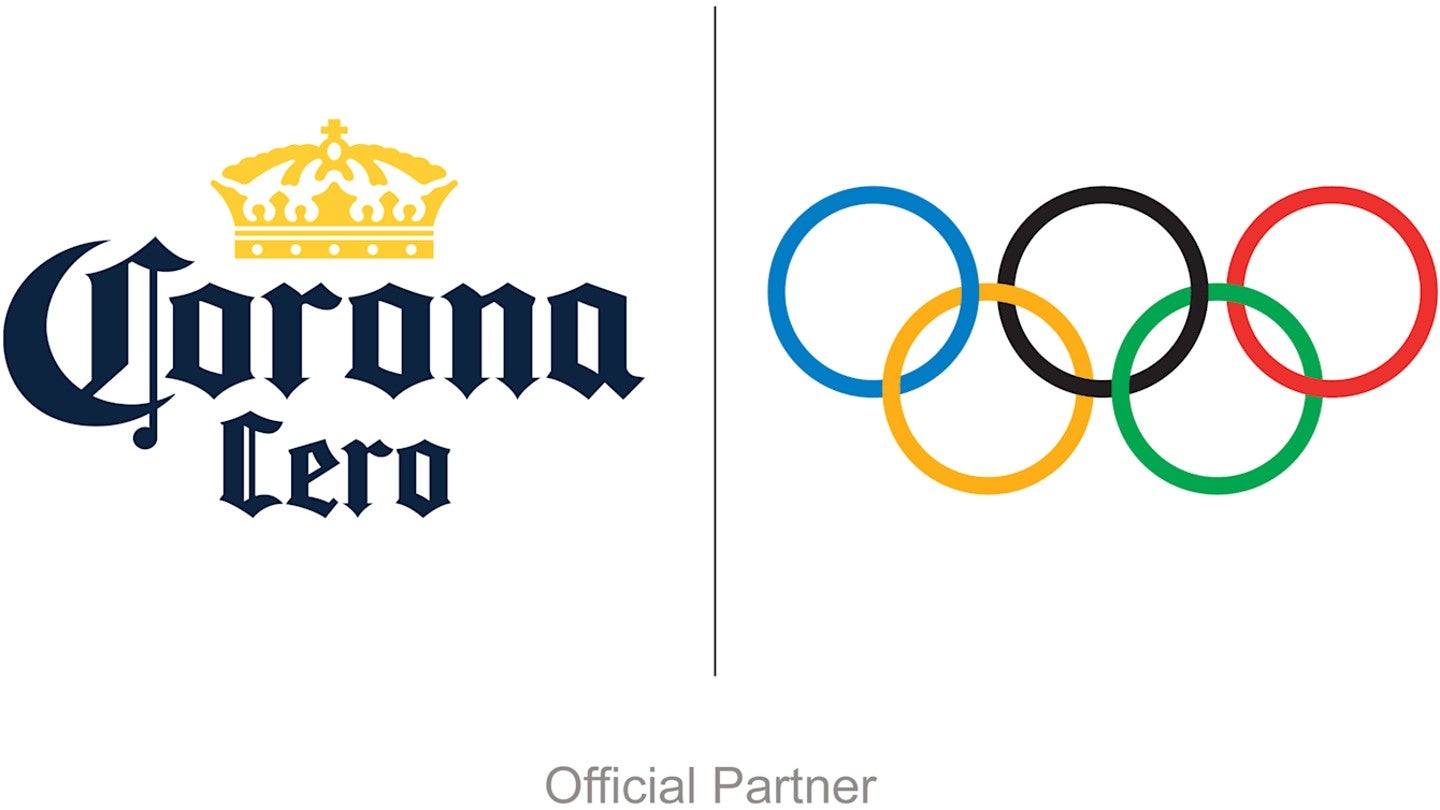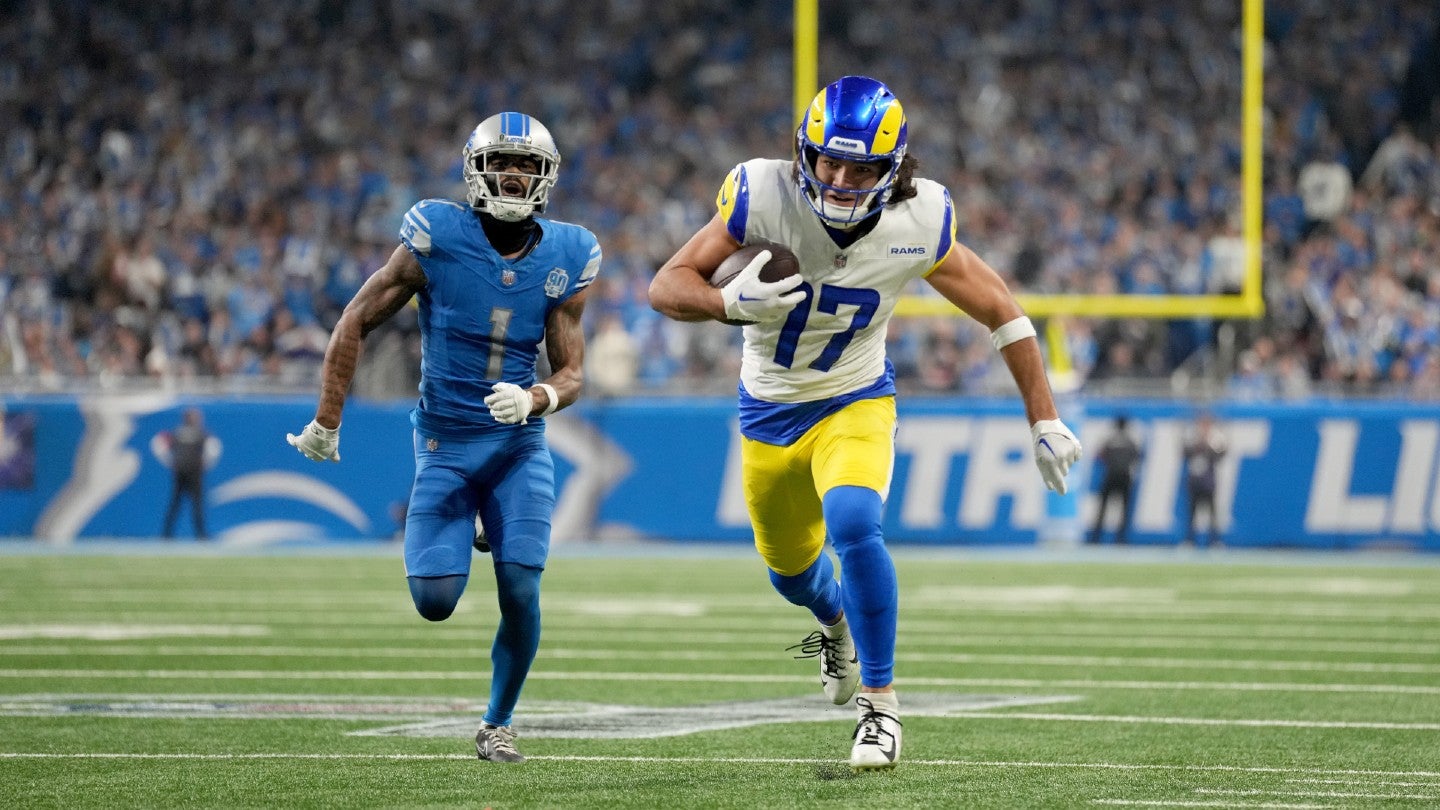The National Football League’s (NFL) 2024 livestream-exclusive AFC Wild Card game drew numbers equivalent to a linear TV broadcast, making it the most livestreamed event in US history.
The fixture, which saw the Kansas City Chiefs rout the Miami Dolphins 26-7, drew an average of 23 million viewers exclusively on the Peacock streaming platform, owned by NBC Universal, making it the most-streamed event in the US ever.
Also carried on the NFL’s in-house NFL+ app, as well as local NBC-owned stations in Miami and Kansas City, the game peaked at 24.6 million viewers midway through the game and saw an average viewership increase of 6% on the equivalent prime-time wild card round game of the 2022 season.
A likely explanation for the popularity of the game, which posted high viewership despite low levels of distribution relative to most NFL games this season, was the novelty of a fixture played in conditions below freezing, with much of the discussion around the game relating to the viability of it being played at all.
It was the fourth-coldest NFL game of all time but managed to draw an average minute audience of 3.1 million viewers on Peacock, which is the biggest for an NFL streaming simulcast outside of Super Bowl 56.
NFL commissioner Roger Goodell stated of the viewership: “To best serve our fans, we need to ensure games are available to them as their viewing habits change and this includes digital distribution as we continue to help shape the future of the sports and entertainment industry.”
By comparison, the day’s other AFC wildcard round game between the Houston Texans and the Cleveland Browns, which was outside of the prime-time slot, averaged 29 million viewers across the NBC and Telemundo TV networks, and Peacock.
This was the largest wild-card game audience since 2020, and the size of the audience for a less valuable matchup is proof that TV still dominates the NFL viewership landscape.
Despite this, the record streaming viewership for the Chiefs-Dolphins fixture on Peacock suggests that streaming’s role in the NFL viewership model is growing and will only come into more prominence over the coming years as more viewers cut the cord and abandon cable services.















